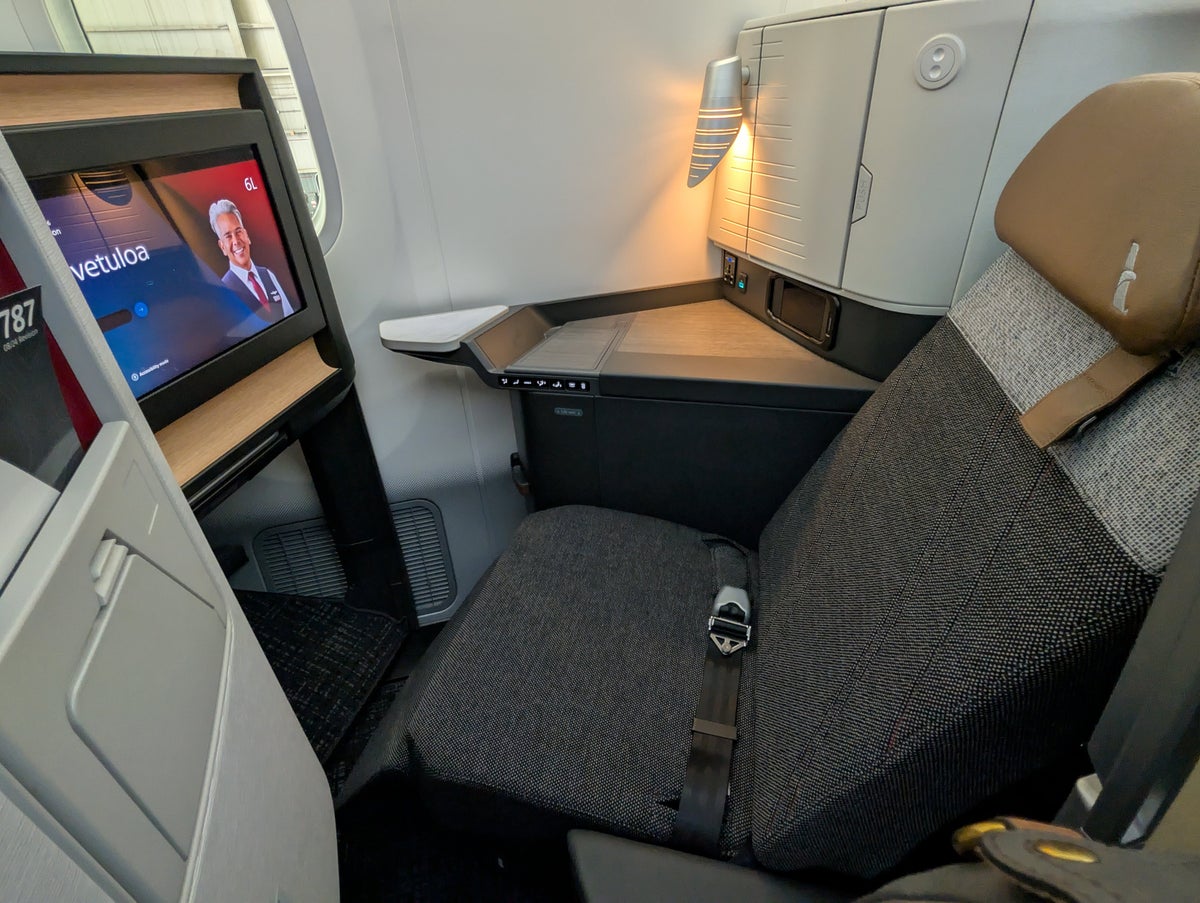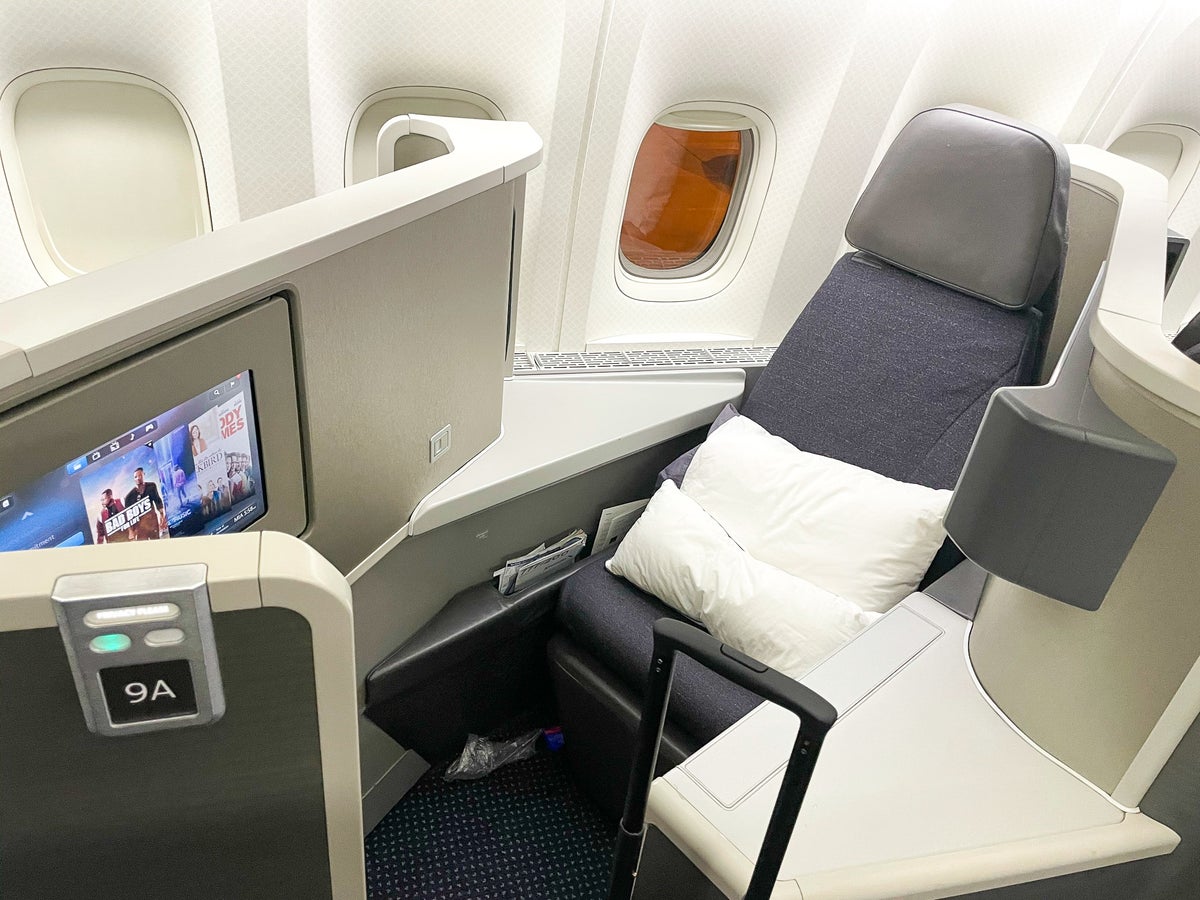James Larounis
James Larounis
Senior Content Contributor
615 Published Articles
Countries Visited: 30U.S. States Visited: 35
James (Jamie) started The Forward Cabin blog to educate readers about points, miles, and loyalty programs. He’s spoken at Princeton University and The New York Times Travel Show and has been quoted in...
Edited by: Jessica Merritt
Jessica Merritt
Senior Editor & Content Contributor
270 Published Articles 975 Edited Articles
Countries Visited: 4U.S. States Visited: 23
A long-time points and miles student, Jessica is the former Personal Finance Managing Editor at U.S. News and World Report and is passionate about helping consumers fund their travels for as little ca...
& Michael Y. Park
Michael Y. Park
Senior Editor and Content Contributor
60 Published Articles 1471 Edited Articles
Countries Visited: 60+U.S. States Visited: 50
Michael Y. Park is a journalist living in New York City. He’s traveled through Afghanistan disguised as a Hazara Shi’ite, slept with polar bears on the Canadian tundra, picnicked with the king and que...
![How Systemwide Upgrades Work on American Airlines [In Depth]](https://upgradedpoints.com/wp-content/uploads/2021/01/American-Airlines-777-300ER-First-Class-Seat-with-IFE.jpg?auto=webp&disable=upscale&width=1200)
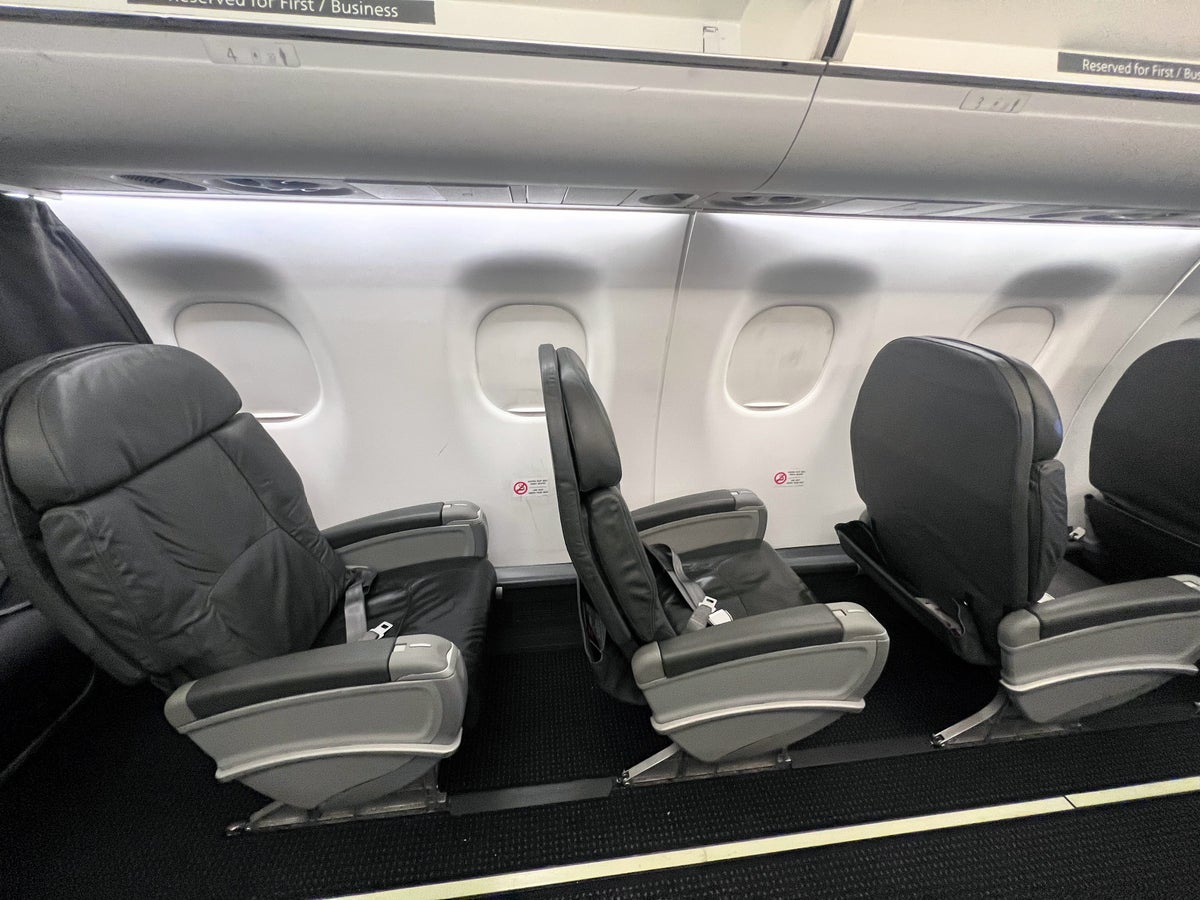
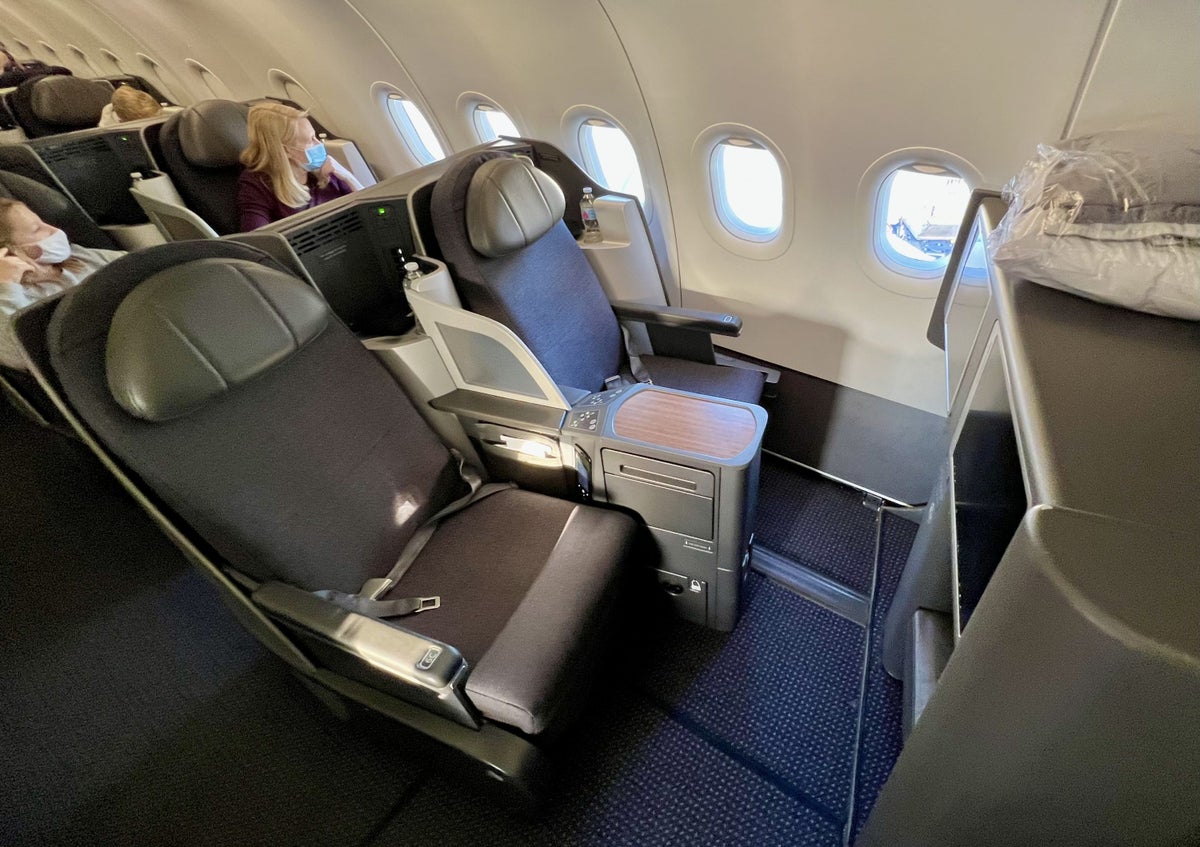
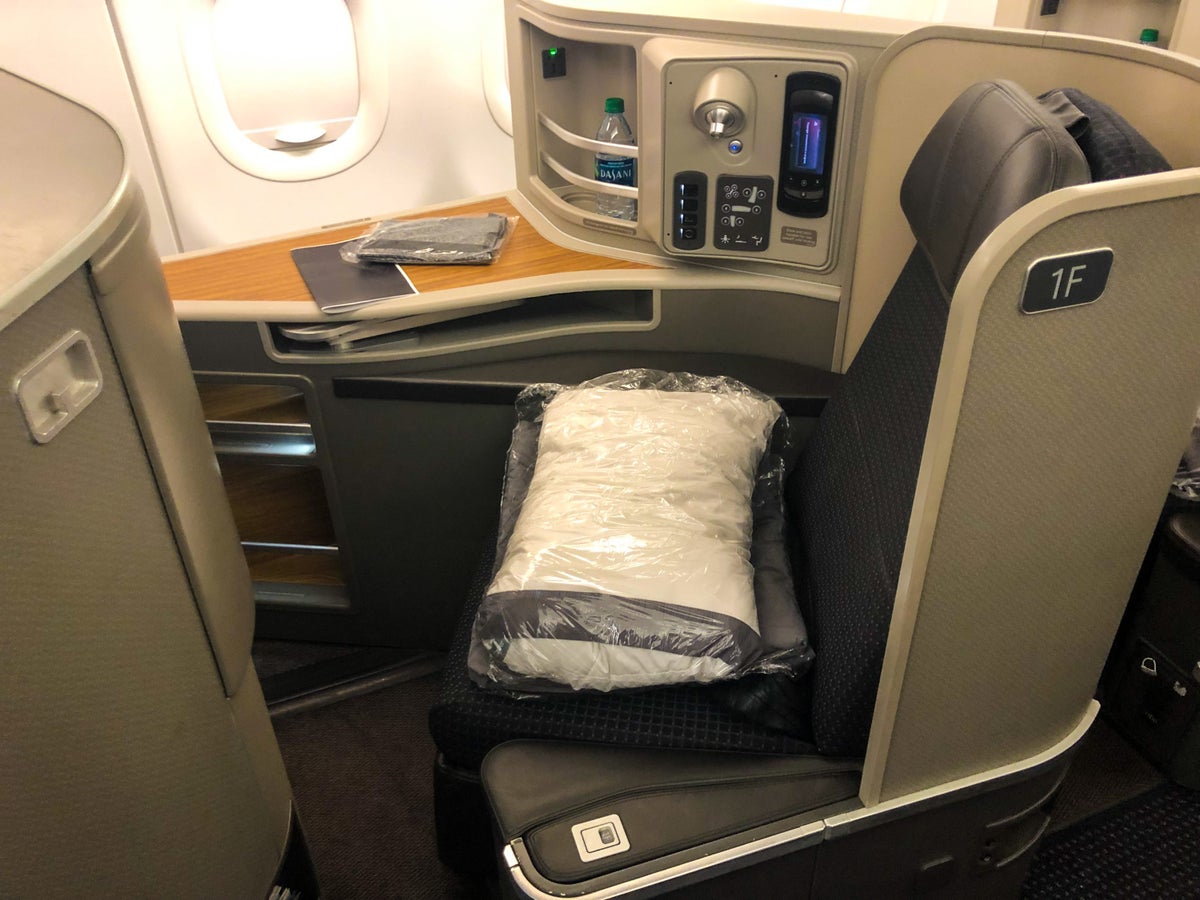
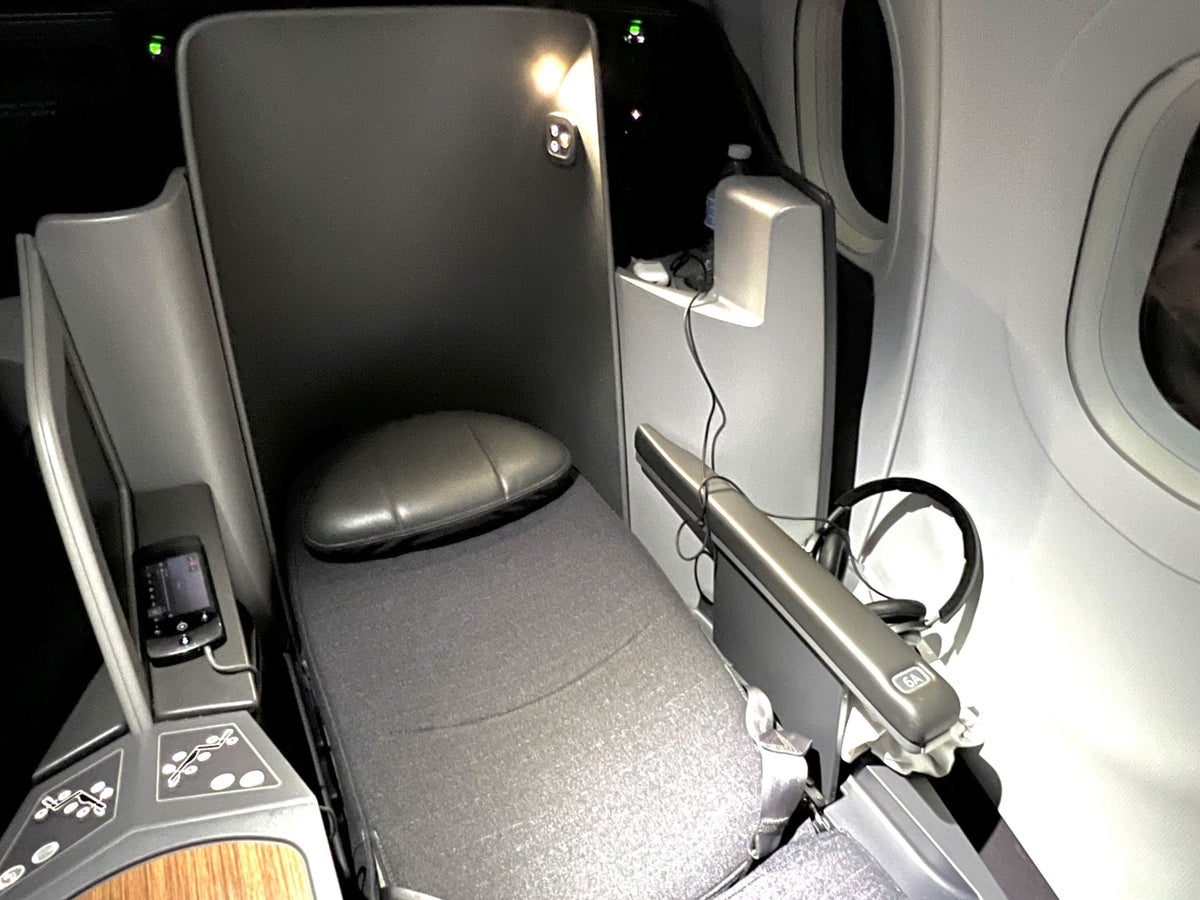
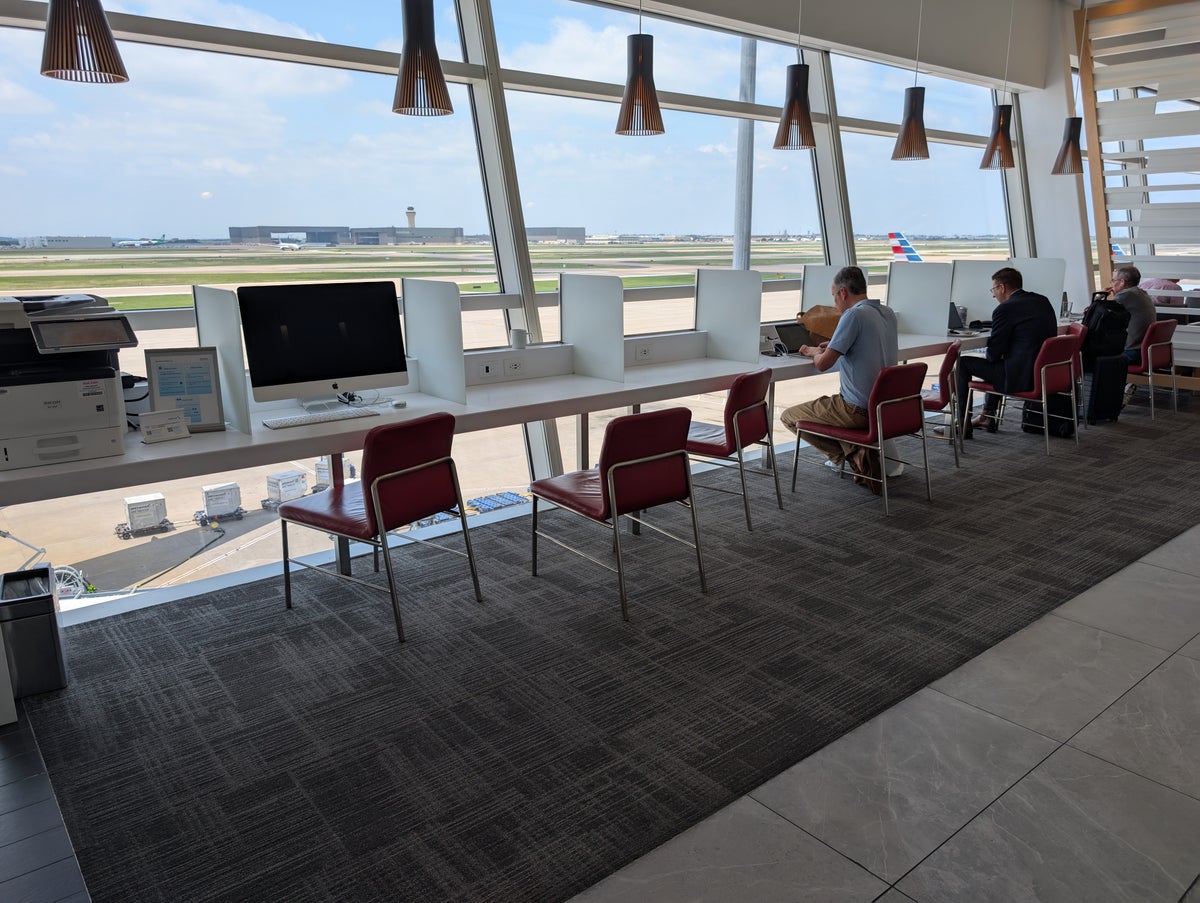
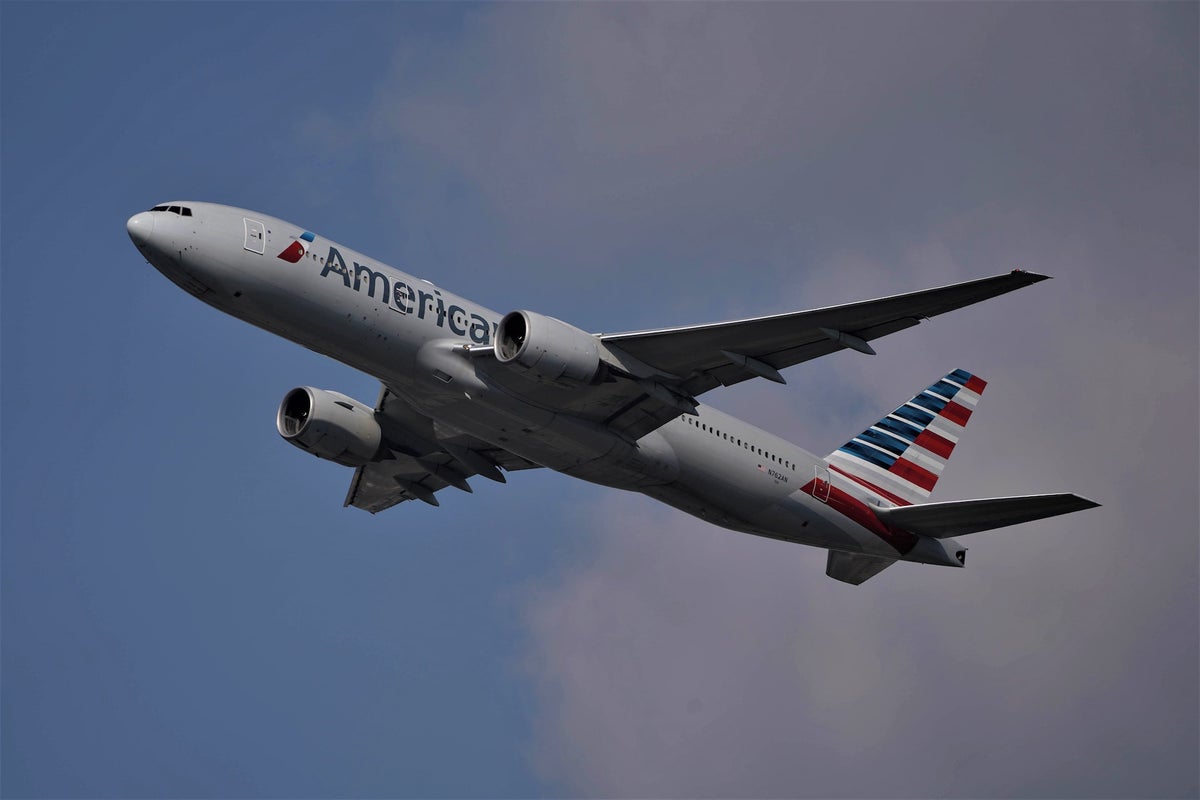
![American Airlines AAdvantage MileUp Card — Review [2025]](https://upgradedpoints.com/wp-content/uploads/2019/01/AAdvantage-Mileup-Card-Art.webp?auto=webp&disable=upscale&width=1200)
